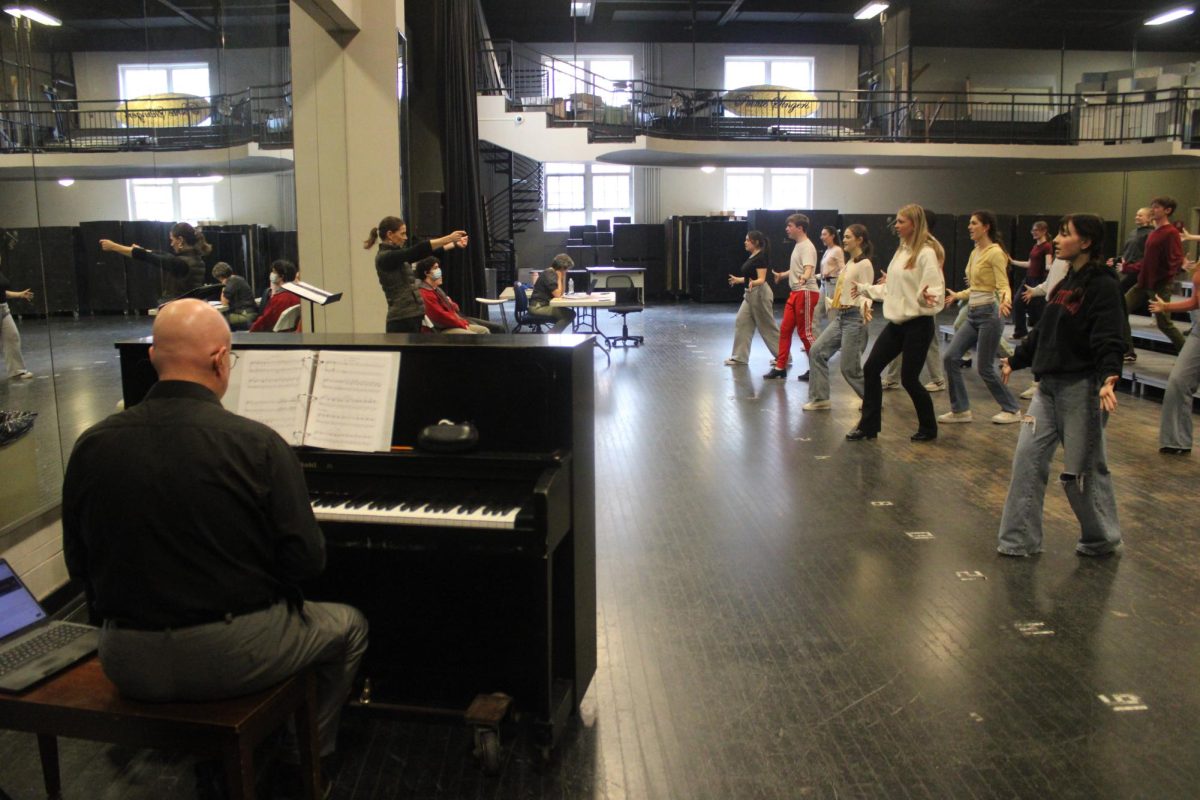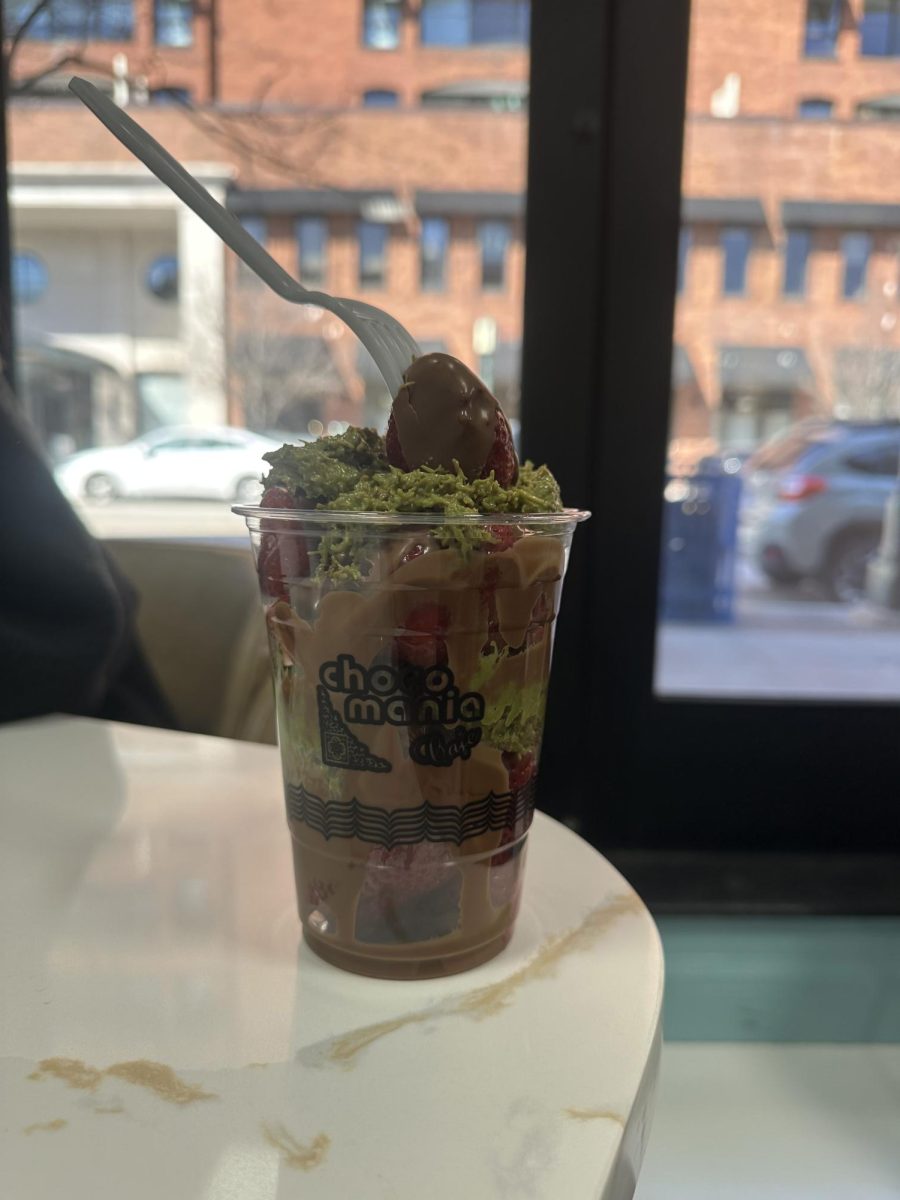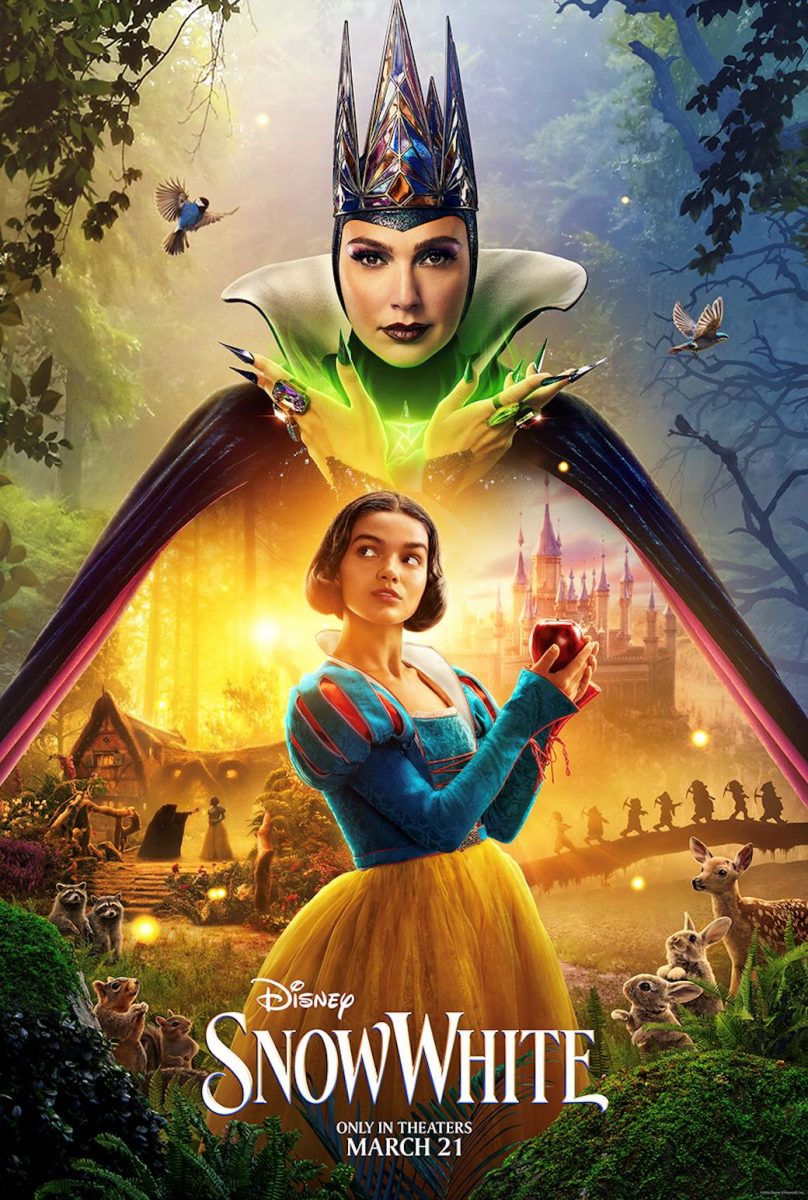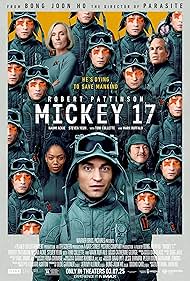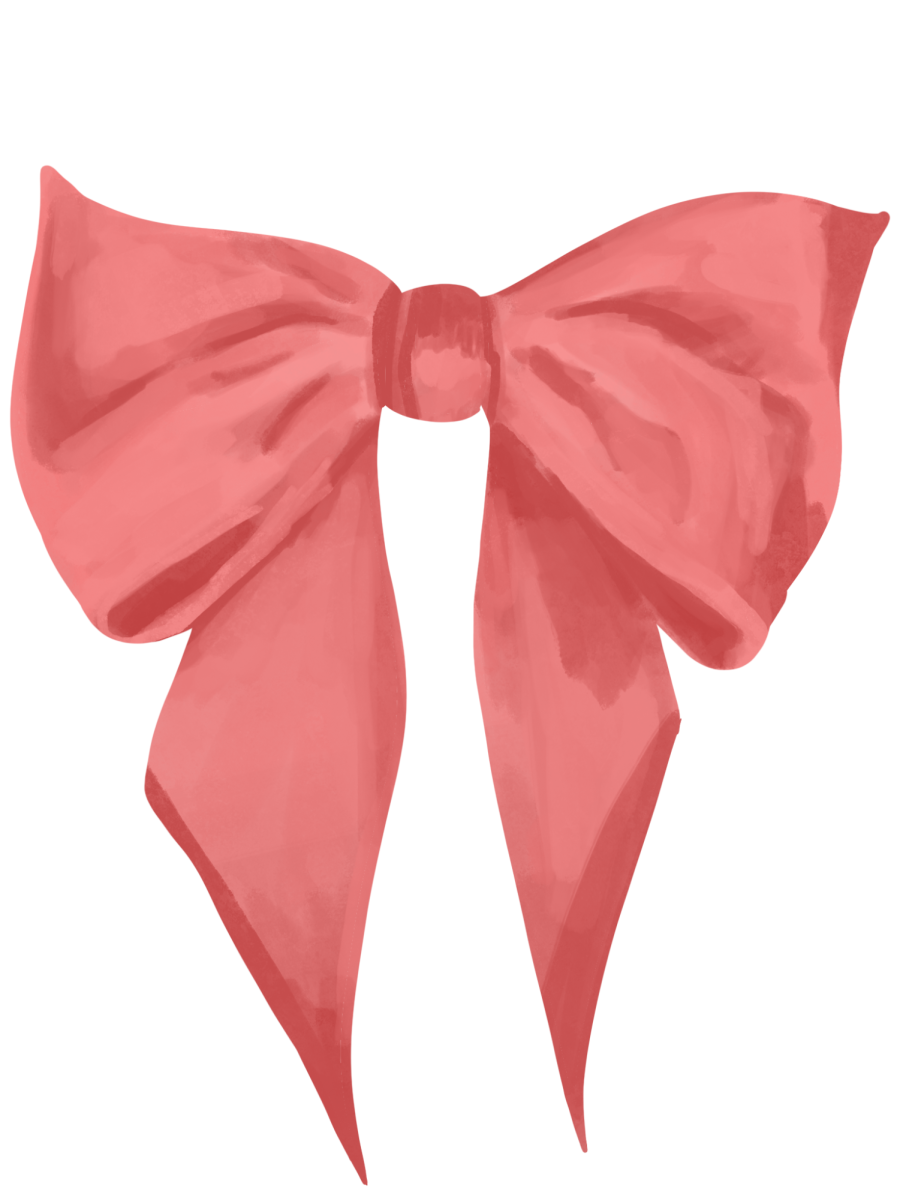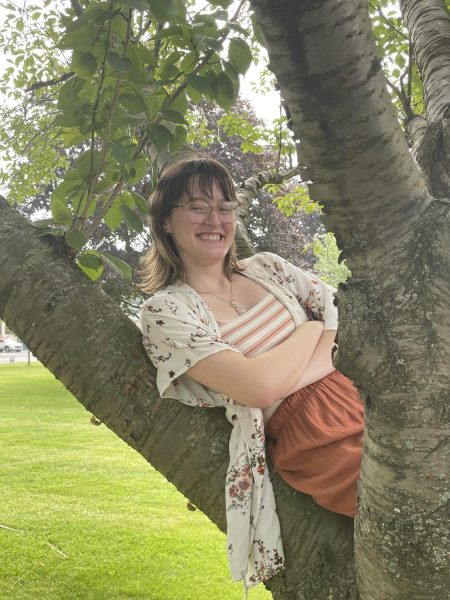Fashion for the sake of fashion: that’s how I would define the coquette aesthetic. There’s nothing comfortable with all of the corsets, pearls, and numerous layers of perfection that go into a single coquette outfit, but that doesn’t make it any less fun to wear.
Coquette is a mixture of the frivolous and floral Rococo era from 1720’s Europe(primarily influenced by Marie Antoinette), the elegance of the 1820’s british Victorian era, as well as inspiration from the japanese Lolita subculture and the 1950’s silloutte. It’s an aesthetic I personally love, and although it’s not for me, it’s something I’d love to see more of. The coquette style has been around for a while, but in order for the trend to continue onwards, I believe it has to mutate. Styles can continue to evolve, so where can coquette go next?
The quintessential elements of coquette are as follows: pastels, lace, pearls, ruffles, florals, and a hyperfeminine silhouette. Yet they don’t have to be.
As more and more people find who they are and who they want to be, the coquette style could develop to accommodate more people. And the first step to that is a variation with a more masculine silhouette. The skirts could be replaced with baby blue jeans, and that’s honestly the only change I would make. Clothes aren’t gendered anyways, people should wear whatever they want. All it takes is the confidence to try something new, and the love of the aesthetic to keep at it.
Then again, the aesthetic doesn’t have to be all roses and sunshine. Although a bit more of a traditional gothic look, darker colors suit the style well. Similar to dark academia, dark coquette brings a darker vibe to the otherwise light and cheerful aesthetic. There’s nothing a dark color palette and some platform Mary Janes can’t accomplish.
There are so many different concepts that the basics of the coquette style can accomplish, and I believe there are none that are not worth trying.

























